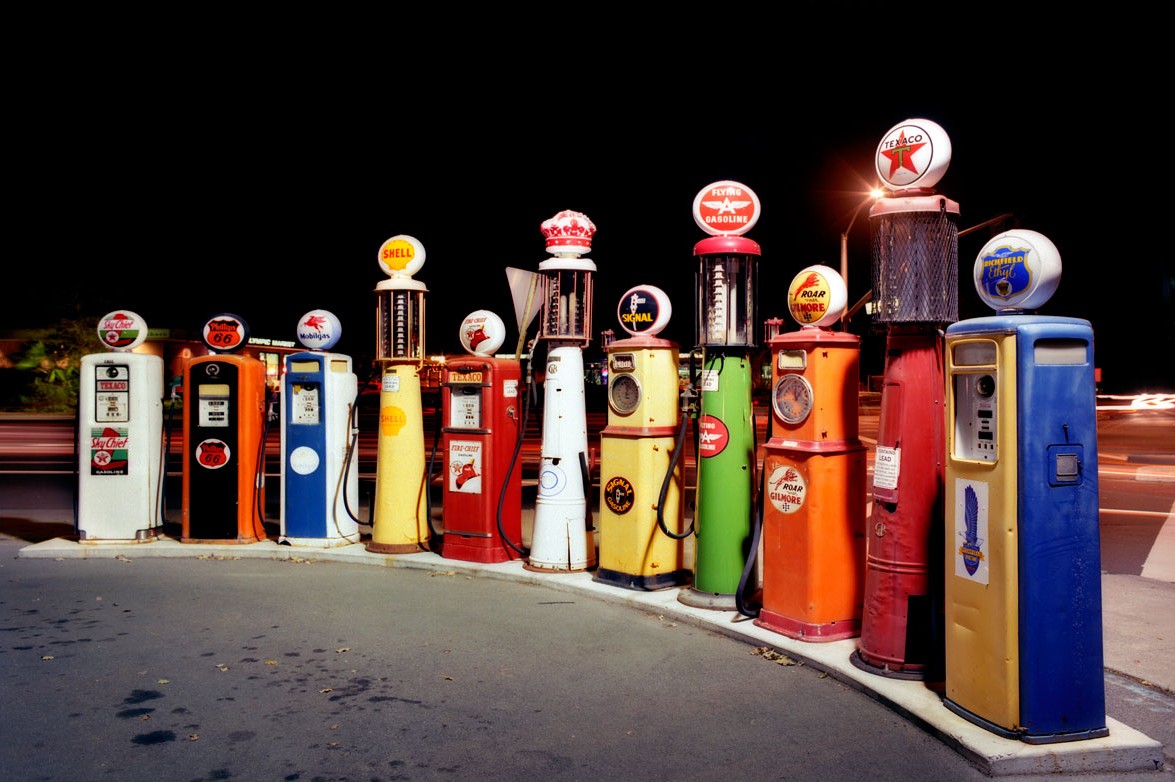Summer’s coming, and that means two things: road trip opportunities and high gas prices. According to FOX Business, the average American household spends around $3,000 on gas per year. We hate to be a buzzkill, but gas prices aren’t likely decreasing anytime soon. You’ve got two options – stay home and have a miserable summer, or learn how to squeeze every last drop from your fuel tank so you can enjoy the open roads. We’re the seize-the-day types, so we’ve opted for the latter. Review these fuel efficiency tips for summer to keep you ride running smoothly and your wallet happy.
- Check your tire pressure. Underinflated tires create friction and drag, and can cause a fuel-efficient car to guzzle more gas than a Hummer on a cold day. As The New York Times notes, “Under-inflated tires add resistance, making your engine work harder to push the car along the road and burning more fuel. It’s akin… to jogging in sopping wet sneakers; it’s harder to go fast.” Properly inflated tires can increase fuel efficiency by more than 3%. Check your owner’s manual against the air pressure limits printed on the sidewall of your tire to ensure you don’t overinflate. Pumping too much air into your tires can make them unsafe!
- Give your car a tune-up. An engine that’s not running properly can cut your gas mileage greatly, but keeping everything under the hood in tip-top shape can boost your mileage by up to 40 percent. Ask your mechanic to switch out your engine air filter and don’t skimp on oil quality. Find quality shops near you with Openbay.
- Pack smart. Sometimes it’s impossible to travel light, especially if you plan on being gone for a while. But there are things you can do to limit the amount of drag your car can experience while moving. One of those things is to use a rear-mount cargo box instead of rooftop cargo box.
- Plan your route. Mapping your travels in advance reduces the likelihood you’ll get lost and have to spend an extra hour trying to get back to that exit you missed a hundred miles back. Using a GPS device will help keep you on track, but be sure to update your device to avoid incorrect information. It’s also smart to time your entry and exit. Traffic can kill your gas mileage, so pick your time wisely so you don’t get caught in the morning or afternoon commute jam.
- Watch your speed. The faster you drive, the more gas you burn. As a best practice, keep an eye on your RPM and find a happy medium in your speed where your engine’s not unduly taxing itself. Also, lay off the throttle when accelerating from a stop. Whenever possible, drive at, or just below, the speed limit. Fueleconomy.gov‘s statistics show that gas efficiency starts to plummet when you go over 50 miles per hour – “each 5 mph you drive over 50 mph is like paying an additional $0.24 per gallon for gas.” If you’ve got a lead foot, hovering close to the limit will eliminate your risk of having to pay for a speeding ticket – win/win.
Think you can’t get great gas mileage without driving a hybrid or an extremely light car? In this video, Car and Driver proves that hyper-miling can pay dividends. The driver ekes out nearly 600 miles from a Bentley Continental GT V8’s tank; for reference, that car is one ton heavier than the Toyota Camry. Before you hit the road, be sure to get your car into a nearby service station to get a tune-up. Use Openbay to compare pricing and book service from quality local shops with the click of a button.

